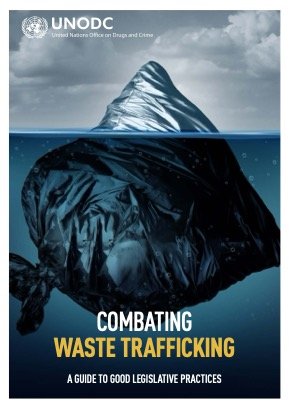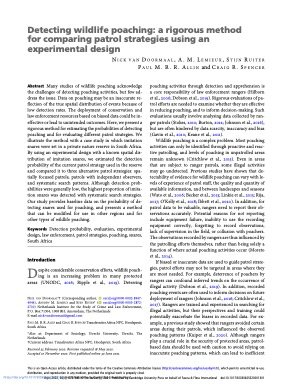By The United Nations Office of Drugs and Crime (UNODC)
Criminal networks are increasingly seeking to gain control over extraction sites, trade routes, and refining infrastructure.
According to a new report from the UN Office on Drugs and Crime (UNODC), these groups have become deeply embedded in gold supply chains, drawn by the sector’s high profitability and rising gold prices.
‘Serious global threat’
Organized crime has become so involved in the gold supply that it now constitutes a “serious global threat”, with illegal networks constantly adapting in order to enable and hide their operations.
Exploiting advances in transportation, finance, and communications, many of these groups have a foothold in regular businesses, enabling them to both launder proceeds and move illegal gold with relative ease.
Apart from heightened violence, corruption and environmental degradation, crime gangs also expose vulnerable populations to exploitation, the UN highlights, increasing the risk of sexual exploitation, forced labour, and displacement.
Bypassing regulations
While legal mining operations are regulated to minimise environmental harm, illegal mining bypasses these safeguards entirely.
By clearing forests to access mineral deposits, illicit operations directly contribute to environmental destruction, degrading fragile ecosystems and accelerating biodiversity loss – particularly when such activities occur within protected areas.
One of the most severe environmental impacts of illegal gold mining is the use of hazardous or banned chemicals by criminal organisations.
Opportunities
Although the majority of gold mining sites are located in sub-Saharan Africa, Latin America, the Caribbean, and Southeast Asia, most gold refineries are concentrated in Europe, Asia, and North America. As a result, the precious metal often crosses multiple borders before it even reaches a refining centre.
This transnational movement creates opportunities for both criminal exploitation and law enforcement intervention.
Criminal groups frequently introduce illegally sourced gold into the supply chain by exploiting weak oversight, inconsistent documentation, and regulatory loopholes along trade routes.
However, the geographical concentration of refineries offers a strategic point for disruption, the UNODC report noted.
Focusing regulatory efforts on these key hubs could significantly reduce the flow of illicit gold into the global market, the report concluded.
A global push for renewable energy technologies like electric cars and wind turbines brings benefits for the environment and economic opportunities for countries along the supply chain. But it also increases the demand for minerals needed to power and operate these products, which brings serious risks from crime and corruption. Renewable energy technologies rely on so-called critical energy transition minerals (CETMs) for batteries, magnets and other components. Production and processing of these minerals – which include copper, lithium, nickel, cobalt and rare earth elements – is concentrated in a few countries. The International Energy Agency (IEA) has highlighted that demand is expected to continue to grow in the coming years and decades, as countries strive to meet the Paris Agreement targets and achieve net zero emissions by 2050. These factors combine with complex supply chain dynamics to make the sector vulnerable to political instability, trade restrictions, or criminal interference. If demand outpaces supply, the resulting pressure can create fertile ground for criminal actors to infiltrate, exploit, and distort supply chains. Criminal actors may seize control of extraction sites, trade routes, or refining infrastructure, using corruption, violence and/or coercion to bypass regulations, evade taxation, and manipulate access to resources. Profits can then accrue to just a few powerful actors, who can determine who has access to the minerals. This control can, over time, exacerbate global inequalities and further destabilize a market already under pressure. These crimes can cause harm on multiple levels. Local populations suffer damage to their ecosystems, countries are hit by lost revenues and weakened governance, and the global supply chain is destabilized. Criminal interference can delay access to essential minerals, undermine responsible sourcing, and ultimately slow the energy transition, while also deterring responsible investment and hindering sustainable development.
Vienna: Research and Trend Analysis Branch United Nations Office on Drugs and Crime , 2025. 78p.





















